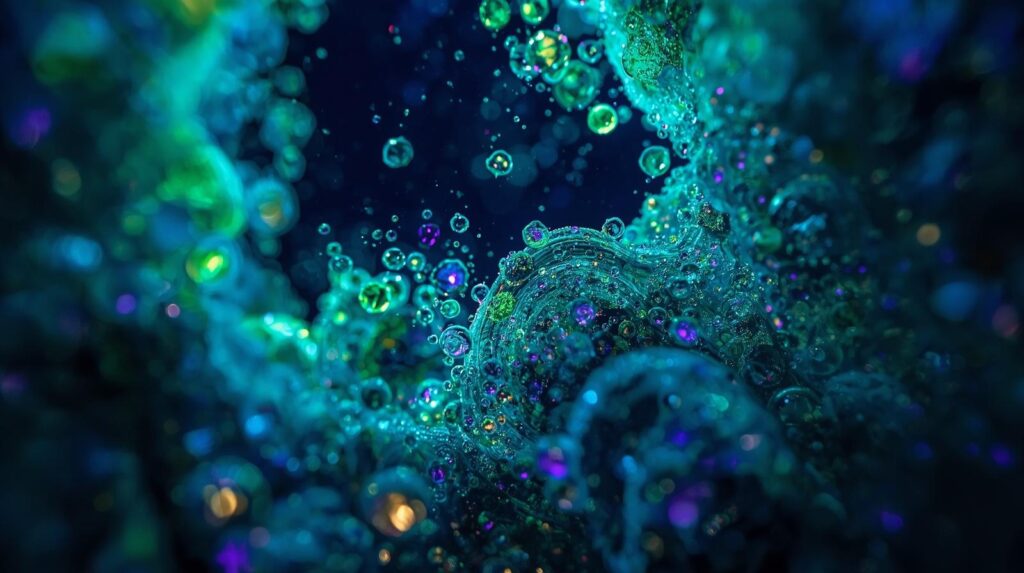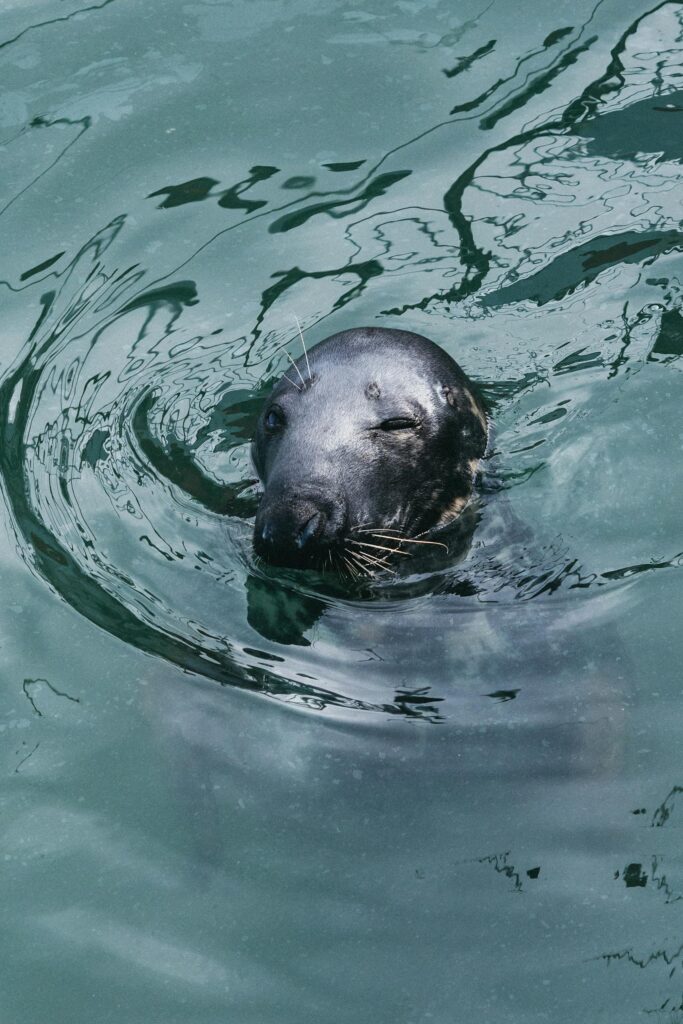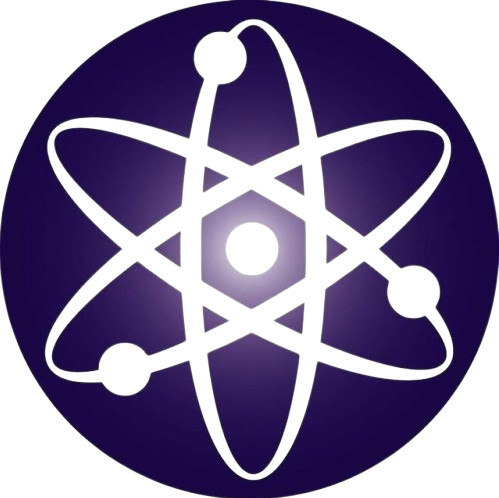Climate Change and Vanishing Ocean Phytoplankton
Climate change is a large problem. It warms the world because of gases from cars, factories, and other human activities, which also threaten Ocean Phytoplankton. Climate change affects the oceans, which take up most of our planet and support life. An essential element of the ocean is phytoplankton, tiny plants floating in water. They are immensely important to sea animals and even to people on land. But their numbers are disappearing as a result of climate change. This article explains why and what it means in plain language and simple concepts.
What Are Phytoplankton?
Phytoplankton are little plants that live in the sea. They are too little to be noticed by our eyes, but they do wonderful things. They make food using sunlight, as do trees on land. This is known as photosynthesis. It takes in carbon dioxide and releases oxygen. The half of the oxygen available in the atmosphere that we inhale comes from phytoplankton. They also start the ocean’s food chain. Small fish eat them, and big fish eat these small fish. Most sea creatures would have no meals if phytoplankton did not exist.
Such plants flourish near the surface of the sea where sunlight is present. They need nutrients like iron and nitrogen to develop. Ocean currents bring these nutrients from the deep ocean. Phytoplankton come in different forms, some green, others red. At times, they develop in huge clusters called blooms, which can color the water a different hue. You can even see them from outer space. They have been around as long as time itself, keeping our air and water in balance.
Decreasing Ocean Phytoplankton
Effect of Climate Change on Oceans
Climate change heats up the air, and that in turn heats up the oceans too. The ocean temperature has risen about one degree Celsius over the course of the last century. It might not be much, but it creates gigantic problems. Water receives less oxygen and carbon dioxide as it heats up, and so fish struggle to breathe in some places.

Oceans absorb a lot of carbon dioxide from the air. It makes the water more acidic, like adding a squeeze of lemon juice. Acid water harms the shells of tiny sea animals and phytoplankton too. Some organisms manage to survive, but some don’t.
Heating water also changes the character of how the ocean circulates. Deep water would otherwise circulate nutrients to the top. But when the surface water is too warm, it stays on top and fails to circulate correctly. This traps nutrients below, so phytoplankton get less nourishment to grow.
Melting ice and stronger storms are some of the other issues. Ice in places like the Arctic melts and adds fresh water to the ocean. Fresh water floats on top and keeps nutrients down. Storms will mix water, but sometimes they do it in ways that are bad for phytoplankton instead of good. All of these changes are caused by human activity, including burning fuel and cutting down trees.
Why Are Phytoplankton Numbers Declining?
Phytoplankton populations are falling in the majority of the world’s oceans, by about forty percent in some cases since the nineteen fifties. The main reason is warmer water and fewer nutrients. In tropical oceans, warm water layers don’t mix. Nutrients get stuck in deep water, and phytoplankton can’t reach them. This kills them off.
In twenty twenty three, heat waves in such locations as the North Atlantic led to a significant reduction in ocean phytoplankton. With fewer of those, fish had less to eat and traveled to colder waters, such as around the Arctic. This makes it more difficult for humans to catch fish where they originally did.
Excess carbon dioxide acidic water harms some phytoplankton. They need calcium in order to build their bodies, but acid inhibits it. Some of the smaller ones can thrive better in acidic water, but overall, the number of phytoplankton drops.
Climate change also increases more poisonous blooms. These are big groups of phytoplankton that have too much oxygen and can kill fish. They happen more often in warm water and can even be harmful to people if they eat seafood out of the same water.
In cold areas like the Arctic, ice melt brings more sunlight into contact with the water, so there are more phytoplankton there. But this does not make up for losses in other areas. In the Pacific Ocean, the decline persists. If the warming trends continue, some areas can lose half their phytoplankton by twenty fifty.
Impact on Ocean Life
The drop in phytoplankton affects the overall ocean food chain. Phytoplankton is eaten by small creatures like zooplankton. Zooplankton are eaten by fish, whales, and birds. If phytoplankton drop, everything else drops.
Fish numbers could decrease by as much as twenty percent in most places because of reduced food. Large fish such as tuna or cod need abundance of small prey. When there is decreased phytoplankton, small fish won’t feed and neither will large ones. Coral reefs also need phytoplankton to eat and breathe. Corals are damaged by warm water to begin with, and reduced phytoplankton only makes it worse.
Seabirds like seagulls or penguins find it hard to see fish when phytoplankton drop. Whales that feed on zooplankton like krill have to travel further to find food. A few of them cannot find sufficient and become weakened.

Fewer phytoplankton mean less oxygen in the water. This creates dead zones where no animal can live. These zones are growing as the planet warms. Animals like turtles or dolphins try to avoid them but get stuck.
The kind of phytoplankton counts, too. If smaller ones take the place of larger ones, some animals cannot consume them as well. This alters the balance of ocean life. Some species adapt, but a great many cannot keep pace. If you know about an AI tool.
Impact on People
Human beings are dependent on oceans for oxygen, food, and jobs. About three billion of them eat fish as a source of staple food. If fish reduce in number because of fewer phytoplankton, it becomes harder to find food. This is most felt by poor communities, where fish is a daily meal.
Phytoplankton produce oxygen that we breathe. As their numbers decline, more carbon dioxide is stored in the atmosphere, and climate change worsens. This is a vicious cycle that hurts everyone.
Tourism and fishing careers are endangered. Empty oceans mean less money for fishermen. Toxins in blooms can close beaches or make seafood poisonous, harming tourism and health. Humans become sick from eating rotten fish or shellfish.
Oceans also affect weather. They control rain and storms. Reduced phytoplankton may change the ocean’s ability to deal with heat and carbon, producing worse weather like hurricanes or drought.
In other regions, like in areas surrounding Europe, phytoplankton variations damage fish farms. Farmers get fewer fish, driving prices up for everyone. Coastal towns pay the price when fishing and tourism decrease.
What Can We Do?
To help phytoplankton, we need to fight climate change. Fuel reduction, like traveling in smaller cars or taking the bus, decreases harmful gases. We ought to have more trees and employ green power, like solar or wind power.
We also need to preserve oceans. There can be a stop on overfishing and water can be maintained pollution-free. Safe zones can be created where there is no fishing so that phytoplankton and fish can recover.
Researchers are studying phytoplankton to learn more. They monitor blooms using satellites and look where problems are worst. This teaches us where to focus. Some of the solutions, like adding nutrients to the ocean, are in development, but we must be careful not to make things worse.
Humans can help by eating less fish or selecting fish from clean waters. Help pass laws that reduce pollution and conserve the environment. All of us together can slow down the harm.
Looking Ahead
If humans don’t do something, ocean phytoplankton may continue to decline. This will damage sea life, food chains, and the air we breathe. By the year two thousand fifty, certain oceans may have very little phytoplankton, making it more difficult for fish and humans.
But if we act now, we can save them. Curbing greenhouse gases and protecting oceans can give phytoplankton a fighting chance to recover. This will help fish, birds, and whales, and preserve food and employment for people.
Phytoplankton are small but mighty. They give breath to oceans and make us breathe. Global warming is destroying them, but it is possible to strike back. If we make sound choices, we can protect these small plants and the big world they support.
